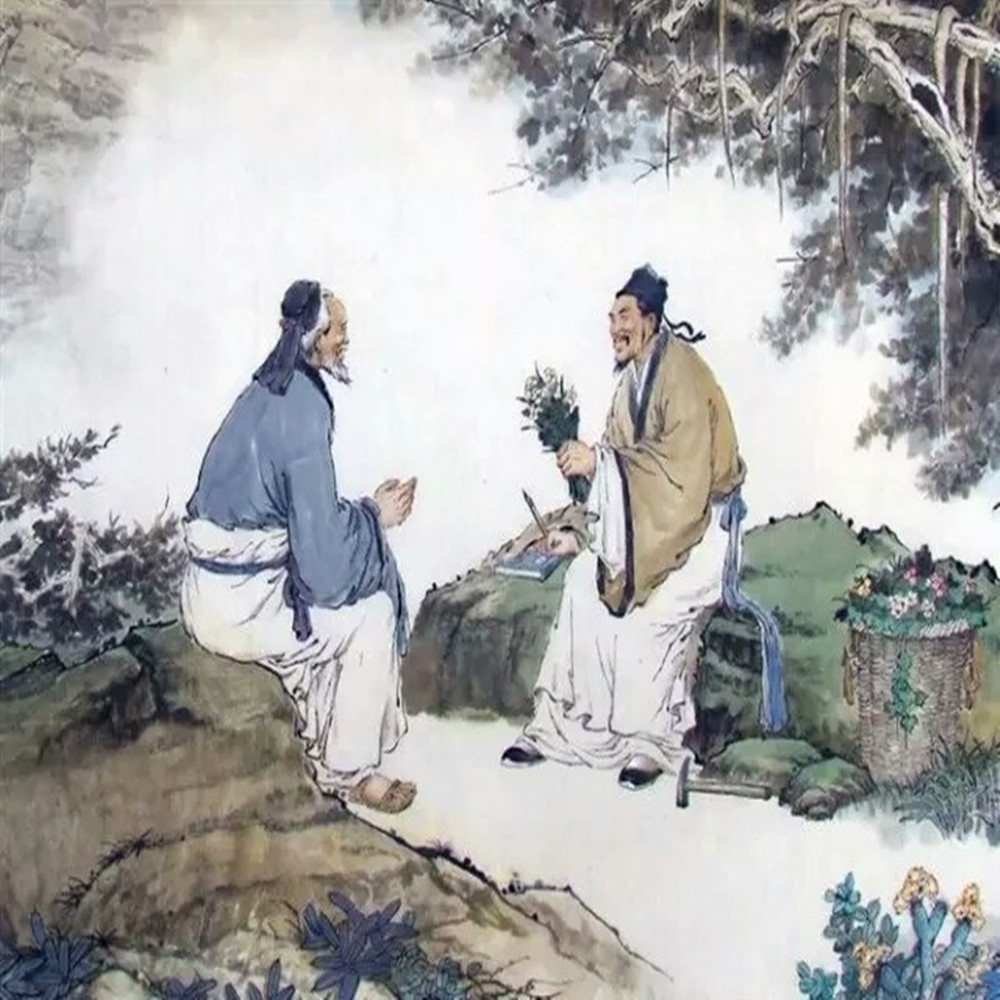Liancong 4 is a new yellow onion variety selected from vegetables in Lianyungang City. After many experiments and production demonstrations, it showed the characteristics of wide adaptability, difficulty in convulsions, high and stable yield, high quality, and good merchandise. 2003 The promotion of planting in Huanghuai and surrounding areas has been welcomed by growers and consumers. In February 2003, the variety was approved by the Lianyungang Crop Variety Approval Committee.
1 Characteristics
Onion No. 4 growth period is about 250 days, medium and late maturity. Plant growth is more vigorous, upright, plant height 60 ~ 70cm. With 7 to 8 pieces of tubular leaves, dark green leaves, leaves covered more wax powder. The bulbs are spherical, the pseudostems are fine, the ball index is above 0.85, the average single ball weight is over 230g, the skin is golden yellow, shiny, flesh-white, spicy and tasteless, and the taste is good. The variety has high yield, more than 5000kg per acre, good storage, and late onion bulbs (15 days later than the main plant variety Hong Kong on the 1st in Jiangsu Province). The rate of rotten balls is low (46% lower than Hong Kong Onion 1). . In addition, this kind of onion ball has good uniformity, spherical shape, low ball rate, and high export yield.
2 Cultivation techniques
2.1 Appropriate sowing and cultivation of strong seedlings The appropriate sowing date for the Xuhuai region is from September 10 to September 15. Seeds for 150-200g per mu of Daejeon and about 50m2 of seedbed are needed. The nursery bed has a high topography, convenient drainage and irrigation, fertile soil, and no field of onion and garlic crops within 2 to 3 years. About 2500 kg of decomposed organic fertilizer, 25 kg of phosphorus and potassium compound fertilizer, and 3 to 4 kg of phoxim granules are used for Mushi. The plough is fine and sorghum is made to be 1 to 1.5m wide. After pouring enough water to sow, cover a 1cm thick nutrient fine soil. After the broadcast, cover the surface with a light cover (shade net, straw, wheat straw, etc.) to protect the sun, protect the sun, and prevent rainstorms. When 70% of the onions emerged, they were removed in the evening. After the emergence of seedlings to strengthen management, drought, flood control, prevent grass damage. When seedlings are yellow and thin, they are combined with irrigation and apply 5 kg of urea per acre. For the prevention of seedling disease, after 7 to 7 days with Qimiao 70% thiophanate-methyl 800 times or 50% carbendazim 500 times spray, continuous control of 2 or 3 times, spaced about 7 days. After the seedlings have 3 leaves and 1 heart, the plant height is 20-25cm, the pseudo-stem diameter is 0.6cm, and the seedling age can be set at 50-55 days.
2.2 Applying basal fertilization and appropriate close planting and planting The fields selected for field cropping before drought, fertility, and drainage are convenient. Apply 3000-4000kg of high-quality rotting organic fertilizer per acre, 30kg of phosphorus-potassium compound fertilizer, and plough the cultivating uniform (deep plowing 20cm). According to soil quality and irrigation and drainage habits, they are made into high sorghum or flat rakes, which are 1.2 to 1.5m wide. 4 to 5 days before planting, the mulch film was applied, and before spraying, trifluralin (150 ml) was sprayed on each acre. It is usually planted in early November. Seedlings were watered 1 to 2 days prior to seedling raising to facilitate seedlings and less root damage. Colonization according to seedling size classification, planting seedlings should be planted straight, shallow (about 2cm), root and soil should be closely integrated, can not be overhead, after planting cover soil. Liancong 4 is more upright, suitable for dense planting, about 25,000 seedlings per mu, and the spacing between plants is 1514cm or 1512cm. After planting, the water is irrigated.
2.3 Strengthen field management After planting, it is generally not necessary to use quick-effect fertilizer until the winter to keep the field moist, and to timely seal the frozen water before the arrival of the large cold current. The field should not be too dry throughout the winter to prevent the seedling from being dried and causing freezing damage. At the end of February and early March of the following year, onion seedlings return to green, combined with watering, urea 15kg per mu, high-quality ternary compound fertilizer 20kg, and promote hair tree. In the middle and late April, bulbs began to expand, combined with irrigation per acre topdressing high-quality compound fertilizer or diammonium phosphate 30kg, to ensure that the normal bulb expansion, the whole bulb expansion of the field can not be dry, according to the flood season 7 to 10 days irrigation 1 times. From April to May, onion grows vigorously and is also a prolific period of diseases and weeds. Use 10% imidacloprid 1000 times solution or dimethoate EC 800 times to control thrips, control 2 or 3 times; use 70% thiophanate-methyl wettable powder 800 times or 75% chlorothalonil 600 times or 65% Mancozeb 600 times alternately spray 2 or 3 times to prevent downy mildew and purple spot. After the spring growth period weeding 2 or 3 times.
2.4 timely harvested in the ground after the natural collapse of the tubular leaves can be harvested 7 to 10 days, 7 to 10 days before harvest no longer water; harvesting choice sunny, can leave 2 ~ 3cm pseudo stems for storage.
Goji Berry is a kind of super food and also a kind of herb, which planting and eating history in China over 3000 years. Starts from the Ming Dynasty in China, the goji berries is serves as a precious tribute only for the imperial edible. Into the modern, goji berry as a popular daily nourishing products, in China is regarded as "longevity fruit."
Goji Berry
Goji Berry,Dried Berries,No Pesticide Goji Berry,Bulk Dried Wolfberry
NINGXIA IVY BIOTECHNOLOGY CO.,LTD , https://www.berries-goji.com